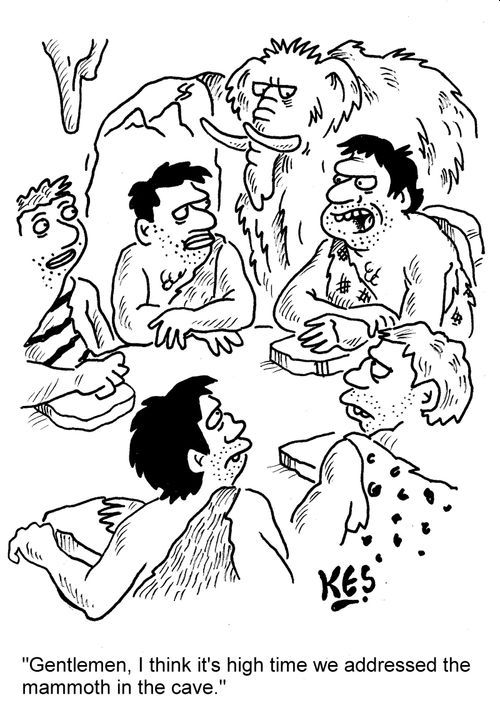१९व्या शतकाच्या सुरवातीस पेशव्यांनी आणि त्यांच्या अनेक सरदारांनी इंग्रजांशी लढा चालू ठेवल्याचे किती चांगले परिणाम भविष्यात झाले, त्याबद्दल अमिताव घोष काय म्हणतातते पहा:
"...But even though Calcutta and Bombay were both hubs of the opium trade, the ways in which business was conducted in the two cities were completely different. Calcutta was the capital of British India throughout the nineteenth century, and it had the largest number of white residents of any city in the country. Being the seat of British power its economy was largely controlled by the white business community, which was closely networked with colonial officials in India, many of whom invested their savings with them. There were further circles of exclusion even within the white business community, with a group of interconnected merchants of Scottish origin playing a dominant role. Race and community were thus central features of Calcutta’s economic life, with a few Scottish firms exercising oligopolistic control over some parts of the business world. The Marwaris were their only significant competitors.
In Bombay, on the other hand, businessmen from many different backgrounds were able to operate on more equal terms. This was not a chance outcome: it was, rather, yet another legacy of the Marathas’ protracted resistance to the British onslaught because of which ‘Western India was conquered by the British at a later stage than Eastern India, thus escaping the period of unabashed exploitation which cost so dearly to indigenous merchants in Bengal’. As a result,
[T]he ethnic and communal diversity of Bombay’s business world was striking: it included merchants belonging to many communities of Gujarat, including the Parsis, the Hindu Vanias and Bhatias, the Muslim Bohras, Khojas and Memons as well as businessmen from other provinces of India (Sind, Marwar), Baghdadi Jews (the different branches of the famous Sassoon family), non-British Europeans (the Swiss firm of Volkarts), Japanese (Toyo Menka Kaisha) and Britishers of various origins. The contrast was clear with the increasingly polarized and oligopolistic world of Calcutta where only two communities mattered: the Scots and the Marwaris.
The fact that the indigenous merchants of Bombay participated directly in the export trade, spending long spells in China, also meant that they had much more exposure to the outside world, so when the explosive growth of the drug trade slowed down towards the end of the nineteenth century, they were able to transition into other industries, like textiles, yarn manufacturing, steel, cement, hotels and so on. ‘British Bombay, unlike Calcutta, was never essentially a colonial city,’ writes Gillian Tindall. ‘The real life of Bombay was always lived in … a more cosmopolitan and egalitarian setting; in warehouses … in counting houses, in places where samples of raw cotton or opium or silk or ivory or inlay-work were passed from hand to hand.’
(Chapter 10, 'East and West', 'Smoke and Ashes: A Writer's Journey Through Opium's Hidden Histories', 2023, Amitav Ghosh)
So while Bombay prospered, Calcutta’s economy remained quintessentially colonial, structured around racial and communal hierarchies, and dependent on agricultural products like opium, jute and tea, all wrung out of the soil by underpaid and ill-used workers.
These legacies have lived on...."
त्यात ते मराठी व्यापाऱ्यांचा उल्लेख करत नाहीत पण जगन्नाथ शंकरशेठ (१८०३-१८६५) यांच्या सारखे यशस्वी व्यापारी तर होतेच.




